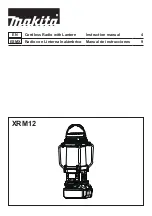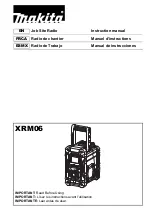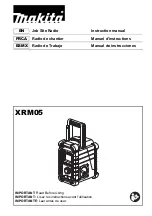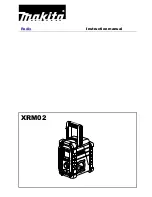
Commercial in confidence
Page 1
mcmurdo
mcmurdo
mcmurdo
mcmurdo
1. INTRODUCTION
The Search and Rescue Radar Transponder (SART) is a rescue aid designed to detect an X-
band marine radar signal and produce a distinctive radar return pulse which causes a series of
radial dots to appear on the remote radar screen. These dots are recognised as a “distress”
pattern and assist in the location of the SART.
The SART works with any radar operating between 9.2 and 9.5GHz. It has a broadband receiver
that detects any incoming radar pulse and “triggers” the SART. Once triggered, the SART
switches to transmit mode and responds with 12 sweeps across the entire 9.2 to 9.5 GHz radar
band. At some point in each sweep the frequency will “hit” the radar’s receiver band and produce
a simulated 'echo'. A total of 12 'echoes' are produced as a radial line on the radar screen, the
innermost 'echo' being the approximate position of the SART.
The SART has four modes of operation:
Off
– all functions are disabled. This is the storage condition.
Sleep
– the receiver is active and ready to respond to a detected signal.
Standby
– the receiver and transmitter are active and ready to respond to a detected signal.
Transmit
– a signal has been detected and the unit is responding.
Upon switch on, most units will immediately be in Standby mode; after approx 15 – 18 seconds of
seeing no incoming radar pulses the SART will revert to sleep mode to save power.
1.1.
Scope
This manual represents the original equipment manufacturer’s (OEM) documentation applicable
to the SART equipment listed below. The manual provides complete instructions for shore-based
maintenance (SBM) providers to enable routine servicing of these products.
1.2.
Applicability
This information applies to the following SART models. All of these are “badged” versions of the
basic S4 SART.
•
McMurdo S4 RESCUE
•
SAILOR SART II
•
SKANTI SART II
•
RFD S4 RESCUE
Each SART version may be supplied as one of three options:
SART with pole and bulkhead mount
SART with pole only
SART only
1.3.
Revision history
The S4 was introduced in 2003.
There have been no product revisions up to December 2004.





































